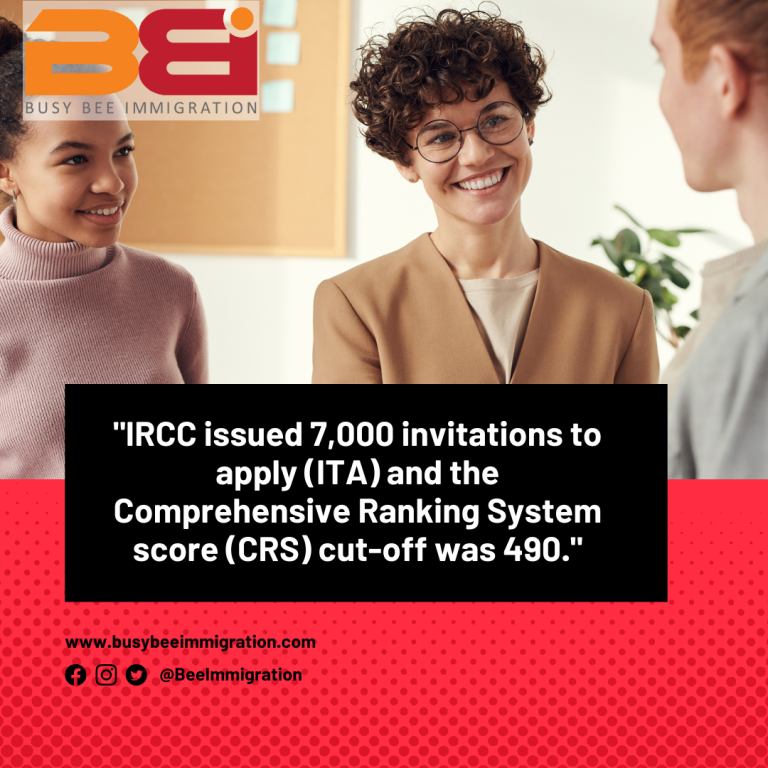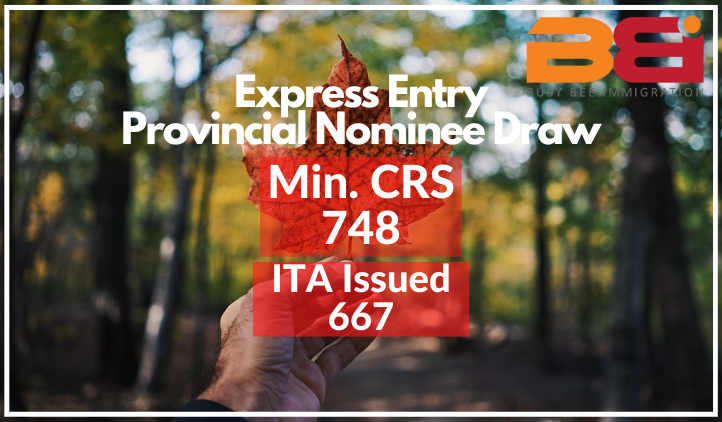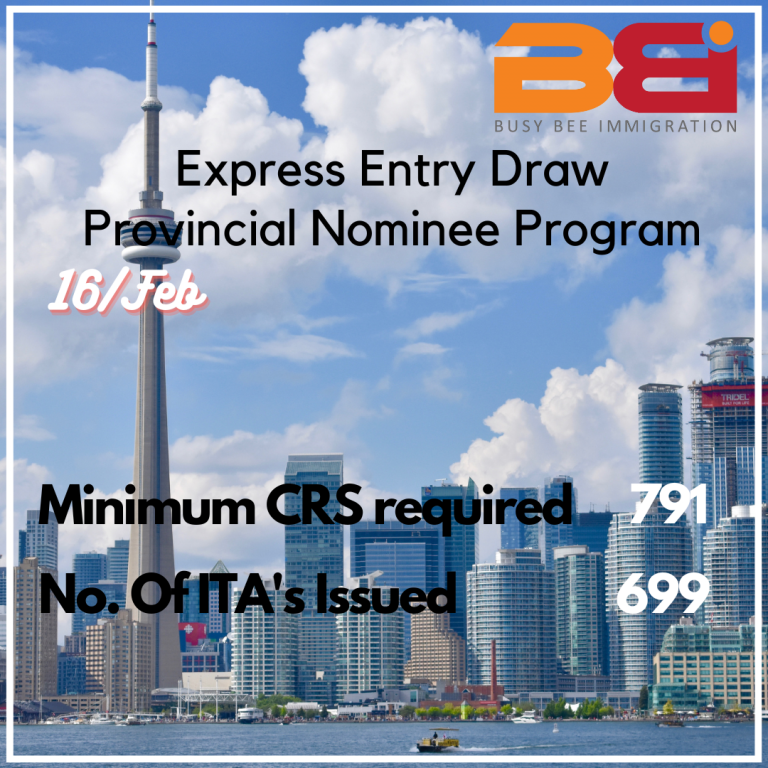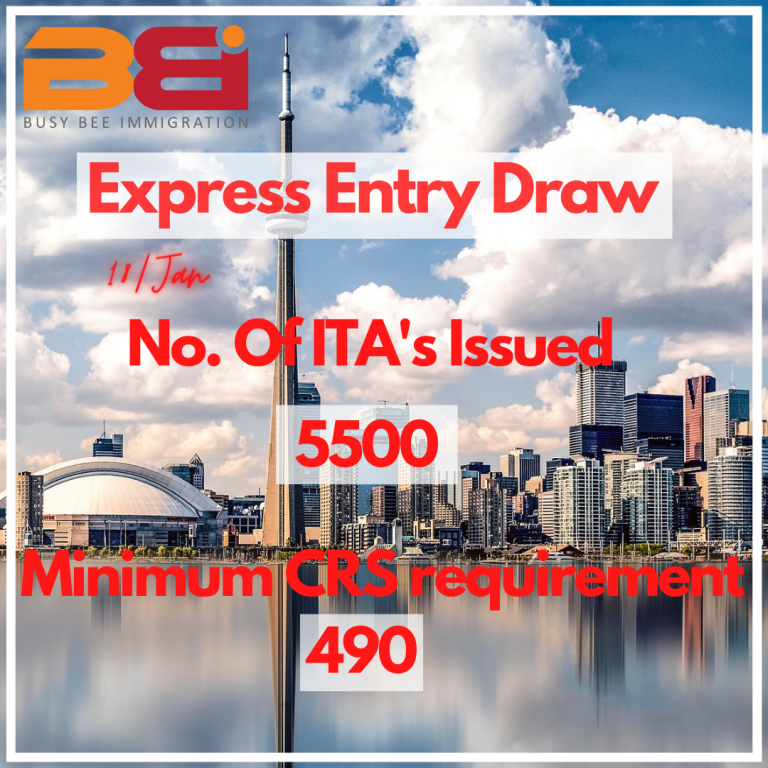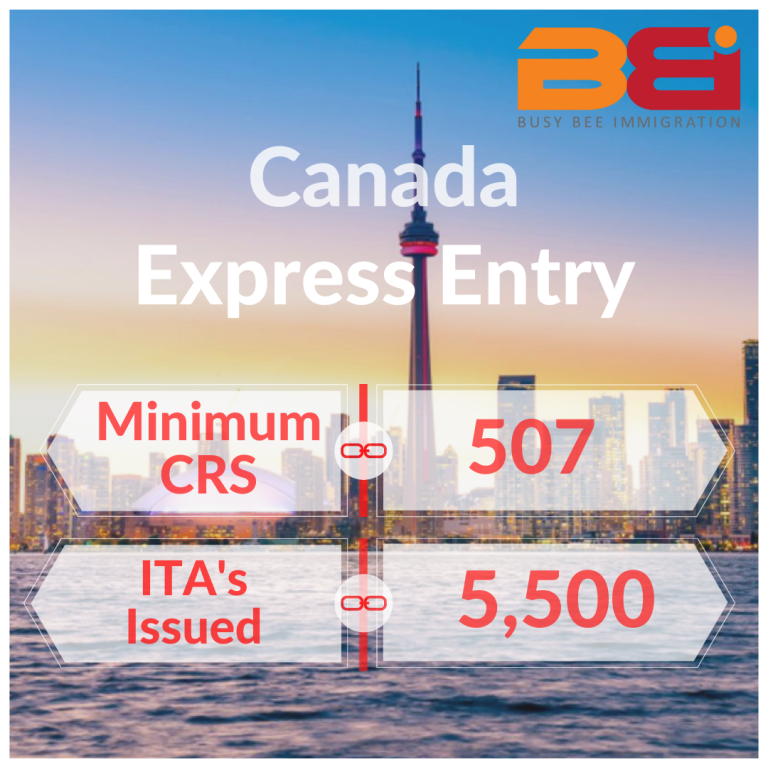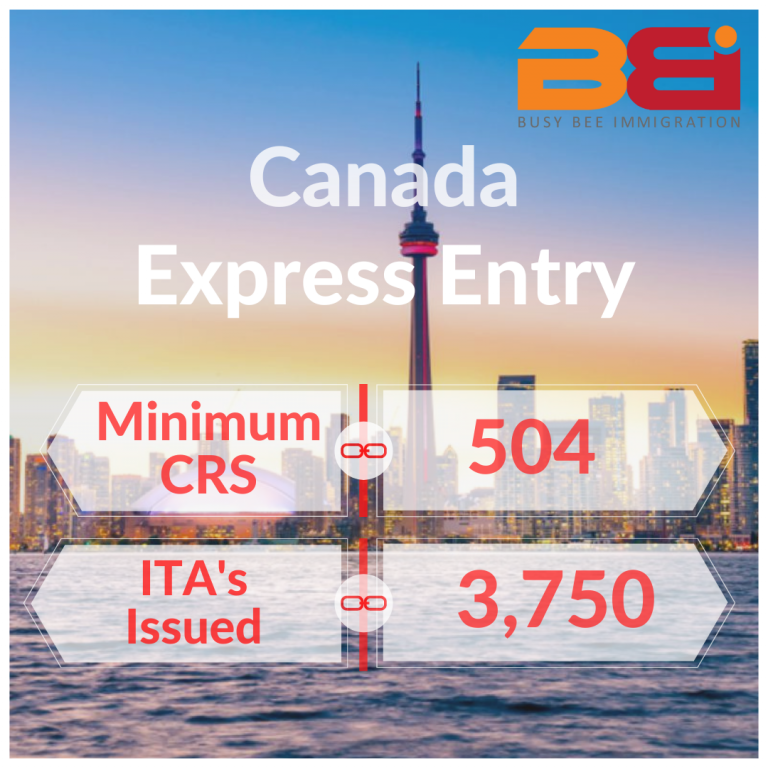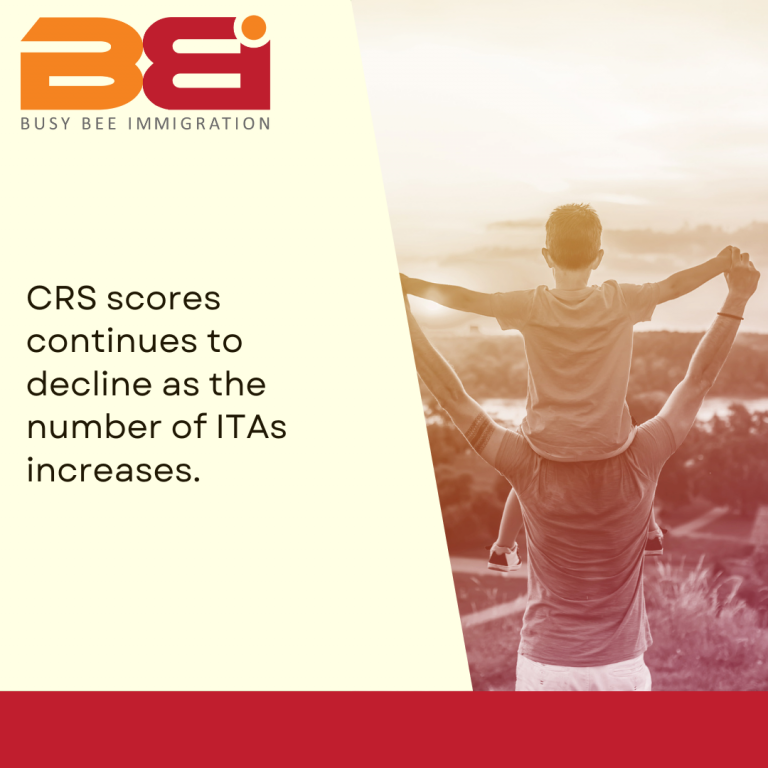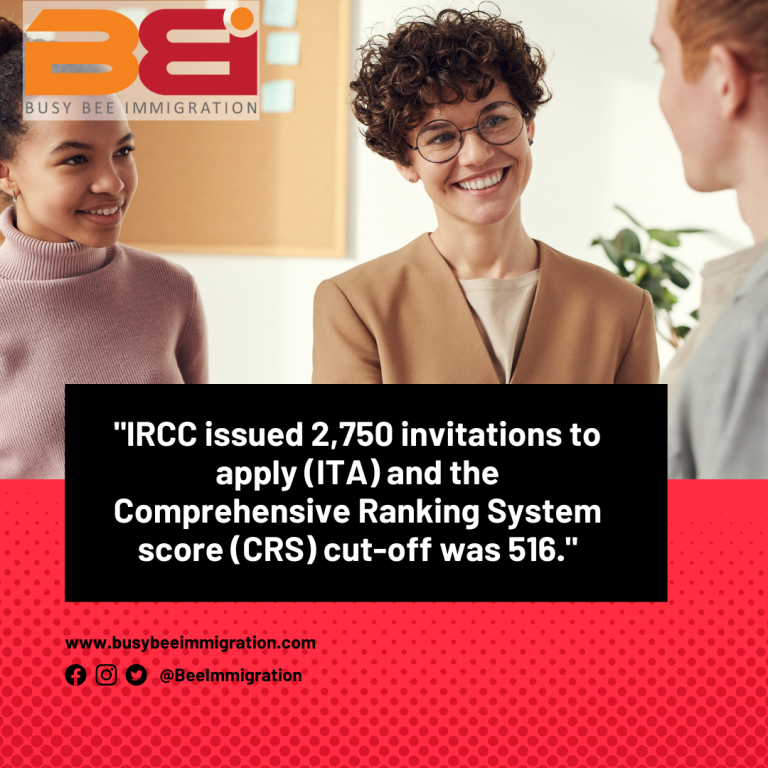Canada invited 7,000 candidates in surprise Express Entry draw
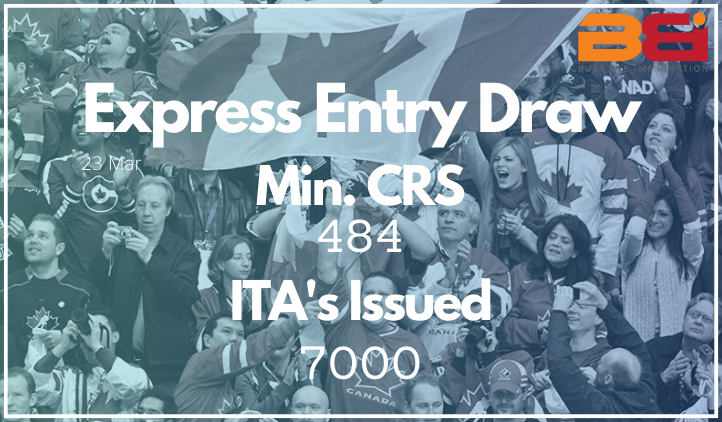
Immigration Refugees and Citizenship Canada (IRCC) issued invitations to apply (ITAs) to 7,000 candidates in an all-program draw, with a minimum Comprehensive Ranking System (CRS) score of 484. An all-program draw means candidates are considered from the Federal Skilled Worker…

